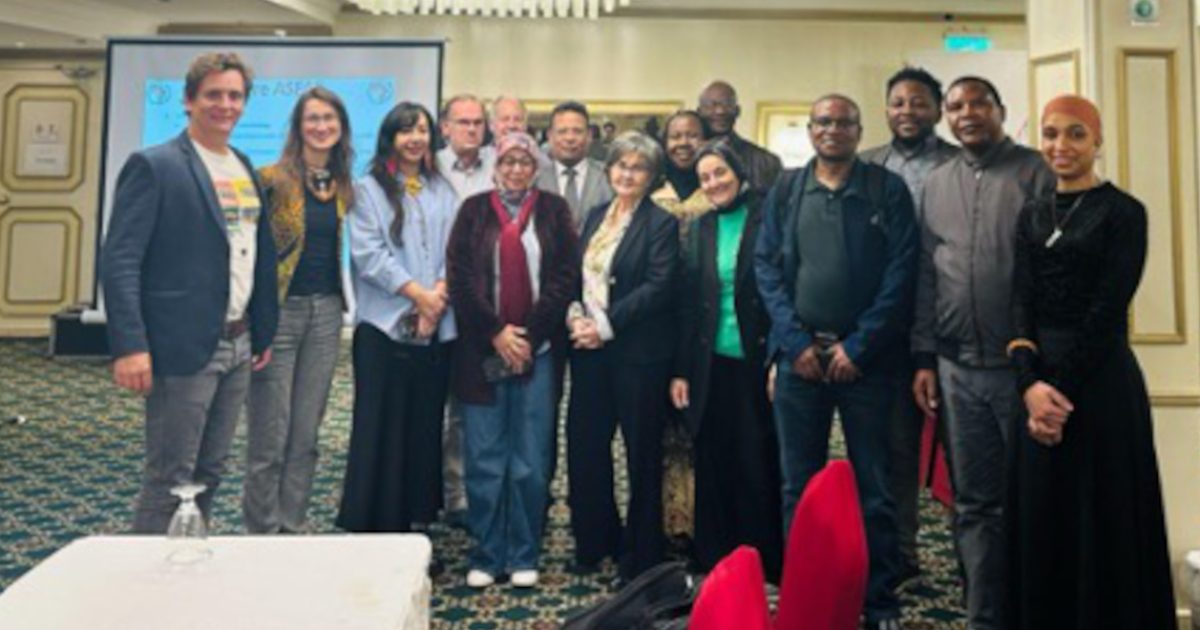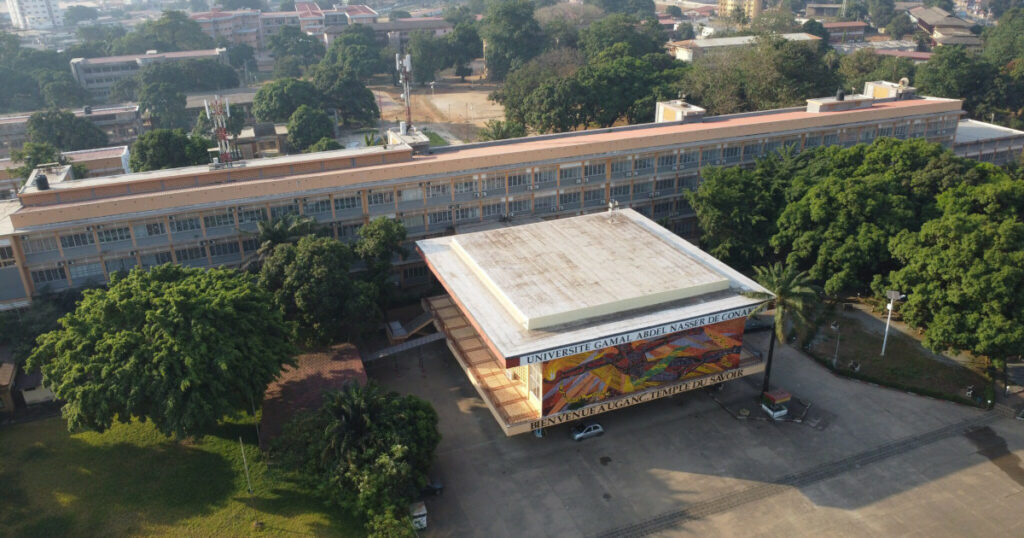The group of physicists developing a vision for the future of physics in Africa will deliver very soon
In 2019, African physicists began preparing a new community study for the African Strategy for Fundamental and Applied Physics (ASFAP) for 2025– 2035 and beyond. The Steering Committee of the African Strategy launched ASFAP on November 18, 2020, during an online workshop organized jointly by the African Physical Society (AfPS) and the African Light Source (AfLS). This was followed by a Community Town Hall in July 2021.
For the first time, the ASFAP community met in person at the “ASFAP—towards the final report” meeting, which took place from December 15-17, 2024. More than 20 physicists gathered in person in Cairo, Egypt, while another 10 to 15 from Africa, Europe, and the United States joined online.
A scientific vision for the future
The ASFAP process is a scientific study that brings together the entire African fundamental and applied physics community to identify and document a scientific vision for the future of physics in Africa, in collaboration with its international partners. The initiative is organized into four thematic areas central to ASFAP’s mission: societal engagements, cross-cutting fields, particles and related applications, and light sources and applications.
The three-day engagement was instrumental in fostering deeper connections and facilitating more dynamic and meaningful discussions. During the course of three intensive days, participants collaboratively reviewed the ASFAP draft report, providing constructive feedback aimed at elevating the quality of these contributions to the highest scientific standards. This shared endeavor underscored the importance of collective ownership and dedication to achieving outcomes that resonate globally while addressing Africa’s unique needs in education, science, and technological development through physics.
A cornerstone for future initiatives
As ASFAP progresses, the insights and outcomes from the “ASFAP—towards the final report” meeting will serve as a cornerstone for future initiatives. The commitment to integrating feedback and upholding high publication standards reflects a determination to position ASFAP as a leading voice in the global scientific community.
The emphasis on themes such as societal engagement and interdisciplinary collaboration ensures that ASFAP’s work remains relevant and impactful. The meeting also reinforced the importance of building capacity and infrastructure to support physics research in Africa. By fostering talent, enhancing collaboration, and advocating for strategic investments, ASFAP aims to create a vibrant and sustainable research ecosystem that drives innovation and addresses societal needs.
Final strategy report in 2025
The work done during the meeting serves as a basis for progressing toward the ASFAP final strategy report, expected to be ready for a symposium planned at the University of Lomé, Togo, for September 22- 25, 2025. At the symposium, the report will be presented to the international community for input. The United Nations Educational, Scientific and Cultural Organization (UNESCO), the main sponsor of ASFAP, aims to distribute the report to its member states to serve as a basis for engaging African policymakers in physics research and education. Strategies for implementing key recommendations of the ASFAP report may then be explored.
Thank you to UNESCO, the American Physical Society (APS), the Istituto Nazionale di Fisica Nucleare (INFN), Centre national de la recherche scientifique (CNRS), University of Pennsylvania – Penn Medicine, Brookhaven National Laboratory (BNL), and professor Young-Kee Kim. Their support ensured that this event was both productive and memorable.
Sam Ramaila, University of Johannesburg, South Africa, Mirjana Pović, Entoto Observatory and Research Center, Ethiopia; Instituto de Astrofísica de Andalucía (CSIC), Spain; Mbarara University of Science and Technology, Uganda, Mounia Laassiri, Brookhaven National Laboratory, U.S.
This article has been published by the African Physics Newsletter in April 2025. It is reproduced with the authorization of the American Physical Society.




